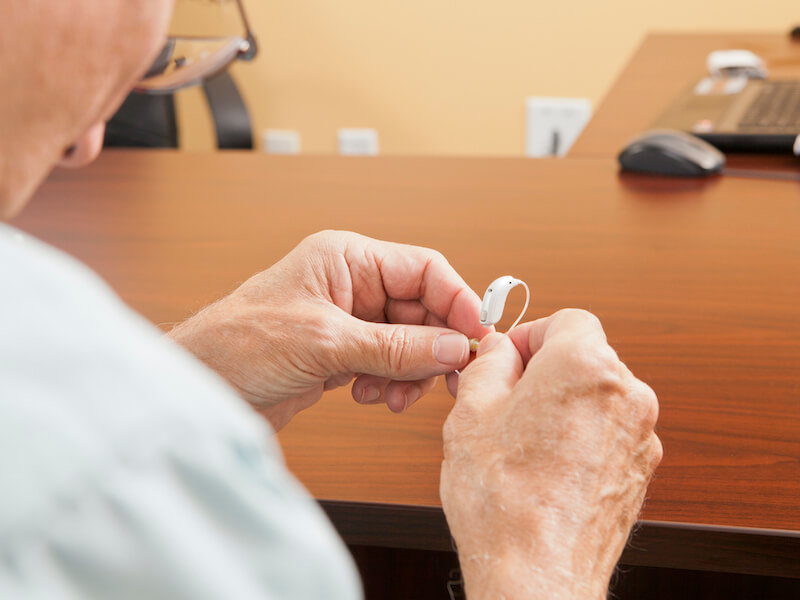
You take good care of your hearing aids. When you go to bed, you always put them snuggly on the charger and you clean them every day.
But you get pretty discouraged when your hearing aids abruptly stop working the way they did once. Thankfully, there are a few steps you can take to diagnose the problem. Not doing any additional damage is your top priority so you won’t have to replace them.
Hearing aid troubleshooting
Of course, when you first got your nice new hearing aids, you made a point of storing the owner’s manual in a safe place. Hopefully, you did so that you can check with your owner’s manual to do maintenance and troubleshooting. Using your owner’s manual is important because every model of hearing aid is different.
Here are some things you can check on most models:
- Check your battery: You’ll still want to check the battery power even if you had your hearing aids on the charger overnight. It may be a good plan to check if you might need new batteries or if the old ones are correctly inserted, especially if your batteries are replaceable.
- Keep your microphone clear: Look for anything blocking the microphone of your hearing aid. Your hearing aid may feedback or simply fail to work if the microphone is blocked.
- Wax buildup: Perform a visual inspection of your hearing aid to make sure that there’s no wax buildup interfering with basic functionality. Even if you carry out routine cleaning, sometimes wax can accumulate quickly, so it’s worth checking this off your list.
- Look for visible damage: Does your hearing aid have any obvious loose components or cracks in its shell? Cracks, obviously, could indicate more extensive damage (or allow in moisture).
Once again you can discover how to address each of these concerns by referring to your owner’s manual. Self-maintenance is sometimes possible.
How will I know when my hearing aid requires repair?
If your hearing aid continues to malfunction after you have performed basic maintenance and troubleshooting, it’s likely that your hearing aid will need to be professionally repaired. That might not always sound desirable, after all, you depend on your hearing aid for daily communication (along with dinners with your family, keeping up to date with your favorite Netflix series, and so on).
It’s certainly worth taking note that “repair” doesn’t always translate into “mail your hearing aids in for service and wait a few weeks”. In some instances, we can repair your hearing aid in office while you wait.
Or, depending on the extent of the damage, you could get your hearing aids back in a few hours.
There are still some instances where such quick repair is not possible. A backup pair of hearing aids might be needed in these cases. So if you have an old pair lying around, ask whether they will serve temporarily. We may even be able to loan you a pair while you are waiting.
Don’t wait to get assistance with your hearing aids
It’s essential to get your hearing aid assessed and repaired if you begin to notice the audio quality is starting to falter.
Any amount of downtime should be prevented. Neglected hearing loss can impact your overall health, including your mental health. Moreover, once your hearing aids are ignored in a box somewhere, it’s all too easy to pretend they don’t exist, meanwhile, your hearing gets worse and worse.
Keeping those hearing aids in good working order is the key to keeping your hearing healthy. Keeping them charged, clean, and when needed, professionally repaired is the best way to do that.
